I first learned about the fourth generation of Minolta SLRs from the Film Photography Project and Leslie Lazenby’s promotion of the Maxxum 700si as one of the perfect autofocus SLRs ever produced. And having used one in the past, the 700si is a good camera. I used one for a few rolls before passing it along; I had yet to return to the Minolta A-Mount. Then I got a 7000, which burned and was replaced with a Maxxum 9 because why not go from one end to another? It was with the ‘9 that I got my taste for the A-Mount. But in my review of the ‘9, I saw an interesting entry in the fourth generation, the 600si Classic. An SLR that took much of the advances and stepped backwards to embrace physical controls.
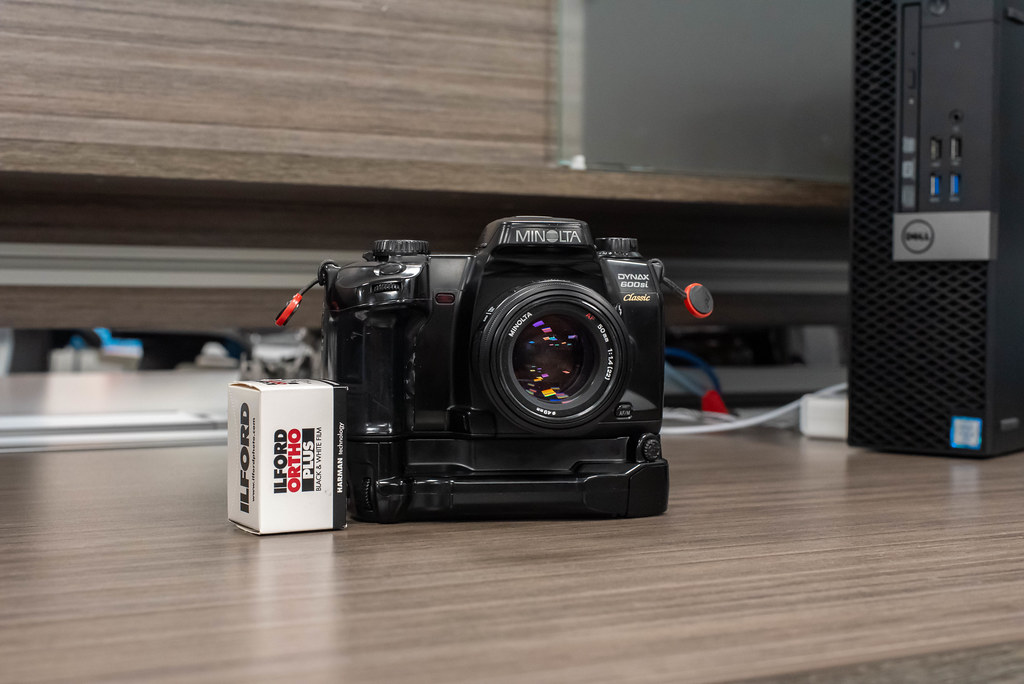
Camera Specifications
Manufacturer: Minolta
Model: Dynax 600si Classic
Alternate Names: Maxxum 600si Classic
Varients: Maxxum 650si Classic, Dynax 650si Classic, α-507si
Type: Single Lens Reflex
Format: 135 (35mm), 36x24mm
Lens: Interchangeable, Minolta α-mount
Shutter: Electronic Vertical-Travel Focal Plane Shutter, 30s – 1/4000s + Bulb
Meter: 14-Segiment TTL SPD meter, EV0 ~ EV20 @ ASA-100, ASA-6 – ASA-6400
Autofocus: 3 CCD TTL Phase Detection system, EV-1 ~ EV19
Dimensions (WxHxD): 156x98x73.5mm (without VC600 grip)
Weight: 565g (without battery)
Power Source: 1x 2CR5 battery, or 4 AA batteries with VC600 grip
Year of Manufacture: 1993-1998
Background
Minolta’s corporate history started in 1929, initially producing cameras in Japan using German lenses and shutters. Based solely on either roll film or plate formats, the name “Minolta” was used as a trade name for cameras starting in 1933 or 1934, depending on who you ask. The use of 35mm film began after the Second World War. SLRs started to be produced in 1958, with the SR-2 being the first camera using the SR-Mount for lenses. The SR-7, released in 1962, featured a body-mounted CdS coupled exposure meter. Four years later, an open aperture TTL meter-equipped SLR, the SR-T 101, hit the market. The 1970s brought some exciting changes to Minolta, notably the technology-sharing agreement with Copal and Leitz to coordinate and share camera and optics technology for the betterment of all three. The agreement brought about the X-Series of cameras. While Minolta had been working on the X-1 in the previous decade, it wasn’t until 1973 that the X-1 first hit the market. The X-1 was rapidly followed by several SLRs built using shared technology. The first was the XE, known as the XE-7 in North America. It featured Minolta’s first integrated auto-exposure system using the SR-Mount, allowing photographers to set the aperture, and the camera would select the shutter speed or Aperture Priority metering. The XD followed the XE a few years later, introducing aperture and shutter priority auto-exposure modes. During this period, Minolta also released their budget friendly XG-Series of SLRs, and one other camera that stunned the world, the X-700. While not intended to replace the XD in 1981, the X-700 featured a full auto-exposure mode that built on the technology of the XD.


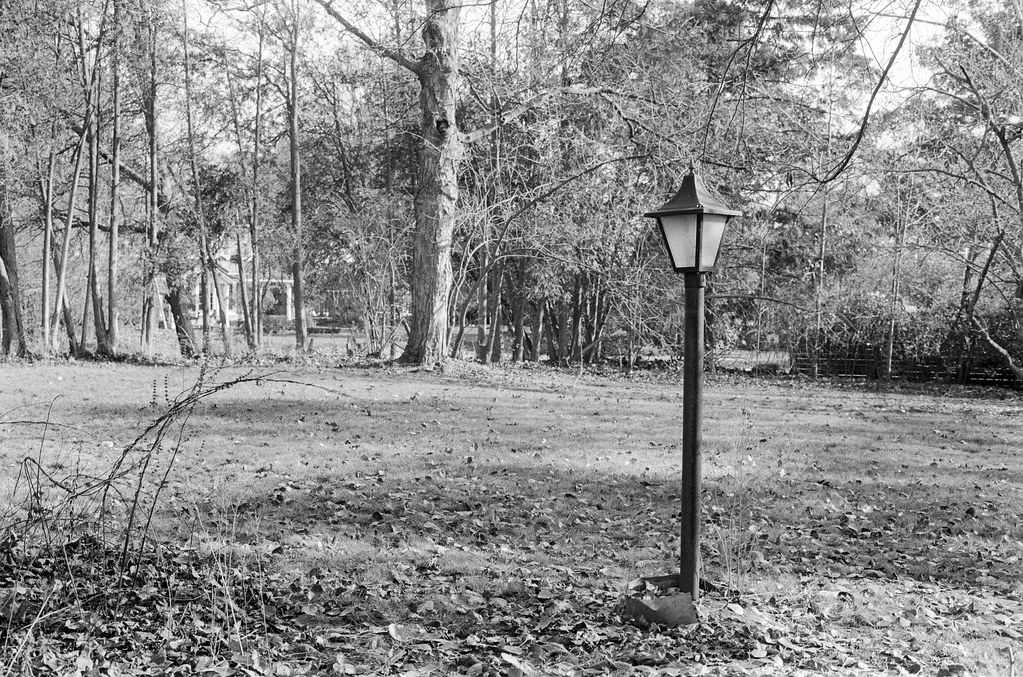

But Minolta was already looking towards the future, and it was autofocus, which Canon, Nikon, and Pentax were already perusing. However, these companies were modifying existing lens systems. Minolta went in a new direction, designed a new lens mount, and moved the autofocus motor into the camera body. In 1985, they released the A-Mount and the Maxxum 7000. But the 7000 went further than other cameras of the day. Gone were the physical controls, replaced by buttons and menus. But also unlike the other three, Minolta released a whole series of lenses for the new system. In addition to the 7000, aimed at the advanced consumer photographer, was the 5000, which is an entry-level option and leaned even further to the idea of buttons and menus. The one outlier, the 9000, aimed at professional photographers, retained many physical controls, right down to a physical film advance leaver (a motor drive is available). In 1988, Minolta started to release a second generation of autofocus SLRs, with some improved specs and a streamlined design, the i-series included an entry-level (3000i), consumer (5000i), advanced consumer (7000i), and a semi-pro (8000i). Third-generation offerings started to pop up in 1991, the xi-series; the new generation leaned into the idea of menus and buttons across all the cameras, including a brand new professional body, the 9xi. In total, six models of the xi-series were released. One of the more exciting features of the third generation is the auto-zoom lenses that will automatically set the zoom to what the camera sees as the best focal length.
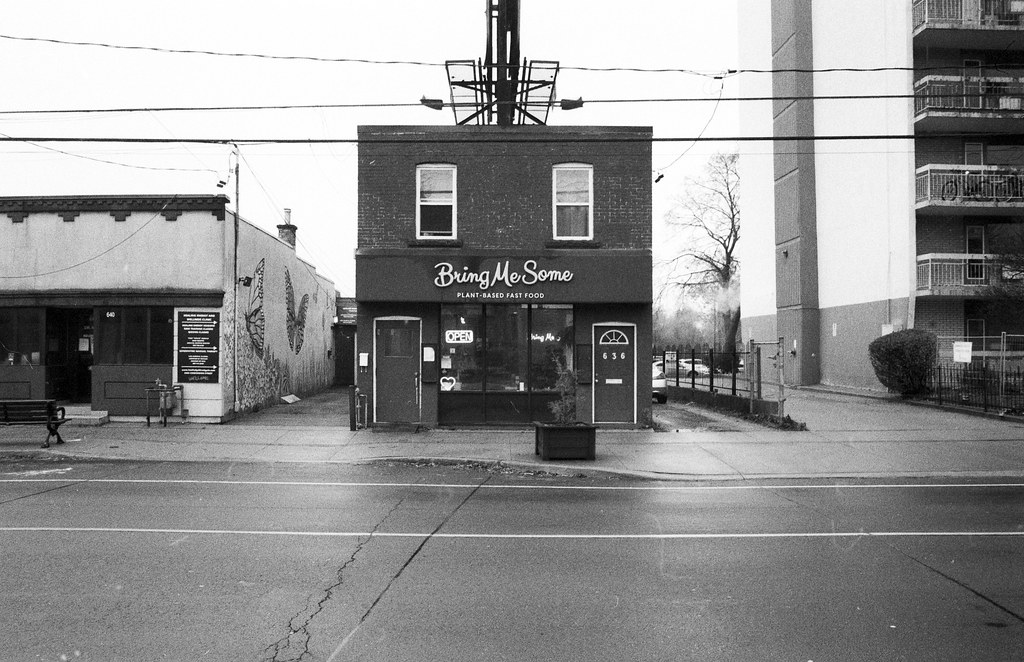



The fourth generation of autofocus SLRs followed close behind the xi-series, with the first of the si-series following along in 1993. Of all the generations, the fourth is by far the most complex. There was a lot of overlap, models and variants, and the most significant number of different names between the markets. While most of the core fourth-generation SLRs retained the idea of menus and buttons, the 600si Classic returned to physical controls for all photographic controls. And some limited menu-based controls. The 600si Classic was named such in the North American (Maxxum) and European (Dynax) markets. The 600si was positioned between the consumer (500si) and advanced (700si). It wasn’t better or worse than either; it was different and aimed at those who preferred a different user experience. A camera variant, the 650si Classic, hit the market in 1995. It added a Date back and a panoramic mask. The Japanese camera version, the α-507si, has arrived on the market. Despite not getting the popular response as Minolta thought, the idea of returning to a more hybrid control function took hold. The 600si Classic would inspire the later fifth- and sixth-generation Minolta SLRs, namely the Maxxum 7 and 9(Ti) and even the Maxxum 70 (known in Europe as the Dynax 60). Beyond Minolta, the Canon Elan II(e) Pentax MZ-5(n) took inspiration from the 600si Classic, and even Sony, when they released their first digital SLR, the α-100, used the hybrid model. And today, cameras like the Nikon Df, Zf, Zfc and any Fuji digital camera keeps the idea of physical controls going.




Impressions
When you see the 600si, you will know exactly where the Maxxum 7 and 9 get their look from. The 600si has done away with all the buttons and menus that have typified the Maxxum SLRs. There are no menus at all; a physical button controls everything, dial, or knob. This is both a good and bad thing. It is good that you don’t have to hunt down some settings in a menu in the field; the downside is there is little in the way you can do customisations. It’s notable to keep that film tail out when rewinding. The camera’s outer shell is made from plastic, and it looks that way, but you will quickly realise that when you pick the camera up, it feels more expensive than it seems. The camera does suffer from an issue that many in this era did: the film door isn’t too sturdy, and mine has some cracking around the hinge, nothing too serious but something to watch out for. The grip material does tend to either turn sticky or crack, thankfully mine copy did not go sticky, but there are some small cracks, but nothing too serious. The cracking is what happened to my friend Mike Eckman’s 650si, he ended up molding a new grip area out of Sugru. The main body hand grip is chunky, feels good in my hand, and is relatively comfortable. The grip, however, is thin for my tastes, but I am used to the beautiful VC9 grip on my Maxxum 9. The grip does add some weight and size to the camera, but not too much, and it does add that extra balance when using longer lenses. I will also note that the VC600 grip will also work on the 650si/α-507si seamlessly. The physical controls are well laid out, and all the primary operations are easily within reach, even when holding the cameras. I can use one hand to adjust the mode dial, metering mode, AE Lock autofocus area selector, both command dials (duplicated on the VC600), and the shooting mode. The mode selector dial is comically large, with long distances between the four sections; now, it makes it easy to move between modes with a thumb and finger without letting go of the camera. But you could even half the size, still have a functional dial, and give the single LCD screen more real estate. The ISO button is far too small for my taste, and you must be rather deliberate when pressing it to change the ISO. The same is valid with the rewind switch for mid-roll and high-speed rewind. The shutter release is excellent, not smooth, but you can feel the stop on the half-push for focusing and metering, then another push to trip. And the shutter/wind sound is satisfying with a classic Minolta sound.
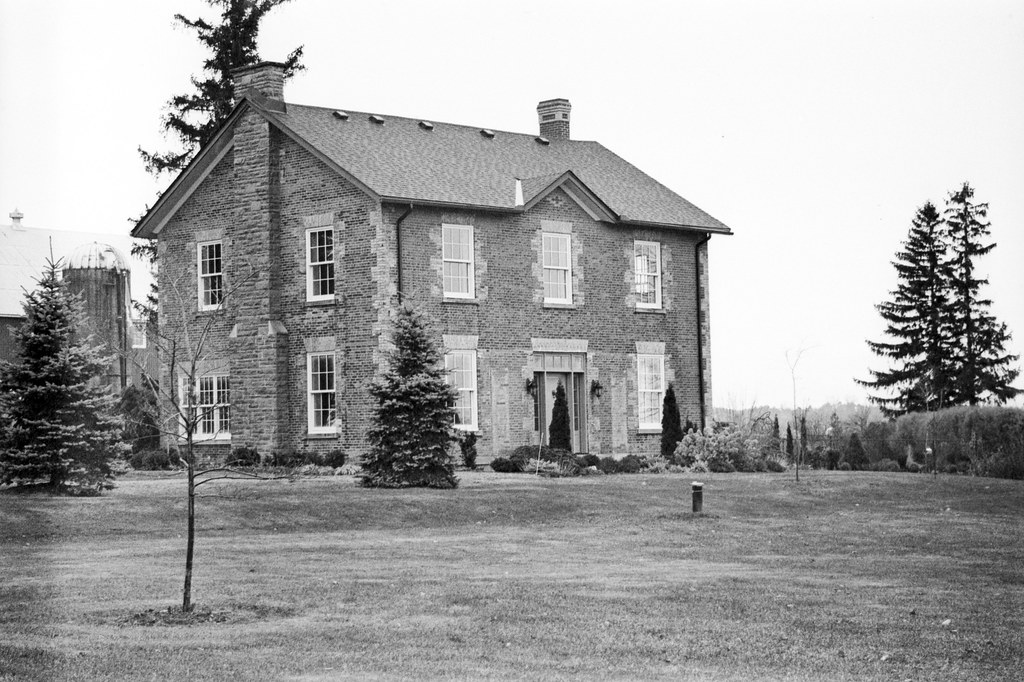


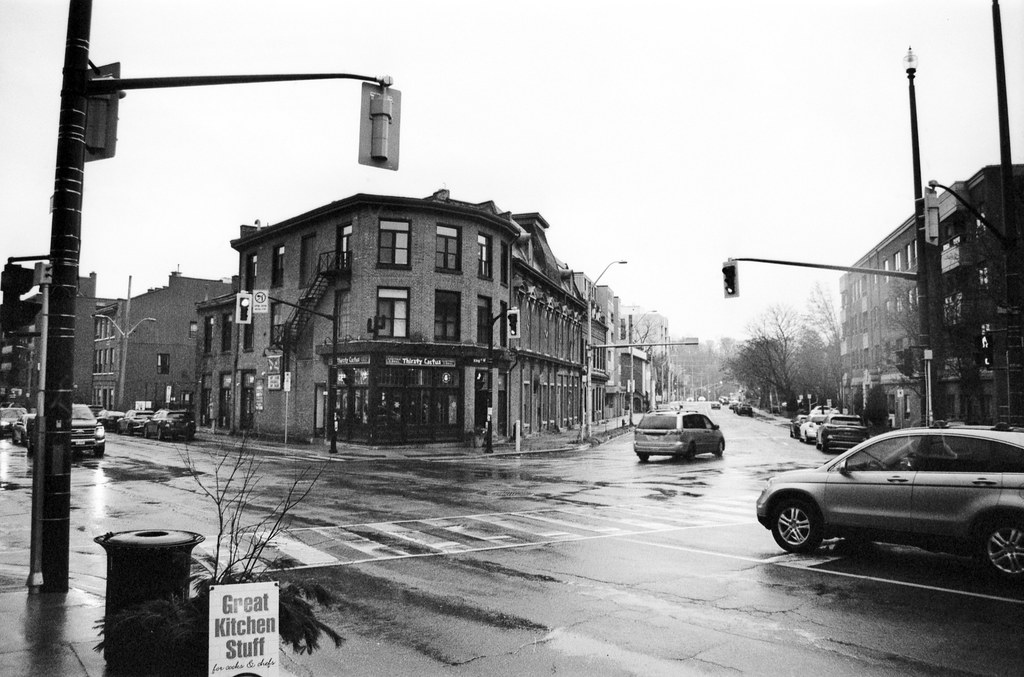
Experiences
If you have worked with Minolta cameras before the 600si, then going back to a more physical-based control interface might seem jarring, but going backwards to the 600si from the 9 or the 7 will be instantly familiar. The camera is far lighter than it appears but is well balanced, especially with the VC-600 attached; the grip doesn’t add too much to the weight of the camera but does increase the overall size. While the overall user experience differs from previous models, the layout and labelling mean anyone can pick the camera up and get started without reading the manual. This is why no hidden customizations and menus would only clog up the user experience and enjoyment of the camera. There’s no difference in mounting and dismounting the lenses; loading film is straightforward and automatic. The 600si will automatically read the DX code and set the film speed, so if you want to adjust it, you must take care of it after your film is loaded. The control surfaces offer excellent feedback when adjusted. The metering on the camera is perfect in all three modes, and it is easily understood and understood. The biggest failing I see with the camera is the autofocus speed. I found that when using lenses with a wide focal range, like the 100mm f/2.8 MACRO, the camera hunts no matter which focusing mode you have set. Focus hunting isn’t too bad when shooting under more expansive scenes and non-MACRO lenses, and manual focusing is a bit iffy, but I have found that with all A-Mount cameras. The 600si is an enjoyable and easily used camera; its small size and light weight make it perfect for social photo events, travel, and general work. It only takes up a little room in your camera bag, even with the grip, leaving more room for additional lenses and rolls of film.




Optics
If there’s one thing you don’t have to worry about with your 600si lenses. You have access to a wide range of A-Mount lenses. The 600si will take most of Minolta’s lenses and third-party A-Mount options. You have to watch out for the later model SSM (SuperSonic Motor); the body does not fully support these lenses. You can mount them, and they will meter and take photos, but you will have to focus them manually. It is best to avoid these. Besides, the older model A-Mount lenses can be sold for a low price. A good set of prime lenses, including a 28mm, 50mm, and 100mm MACRO, makes for a tremendous three-lens prime kit. Minolta produced a great set of zoom lenses, which make great workhorses. My copy came with the kit lens of the day, the Zoom AF 28-80mm 1:4-5.6; it makes an excellent match for the camera in size and weight. Some larger lenses, like the 28-135mm “secret handshake,” might be a bit too front-heavy for the smaller 600si, but the added grip does help. A nice balance in the later model kit lens, the Zoom AF 24-105mm; while not the perfect lens, it works well on the 600si and makes for an excellent all-in-one option when size and weight are an issue. I sadly did not get a chance to try all my lenses, in this case, on the camera, but you can be sure the 600si will get to try all my A-Mount lenses.


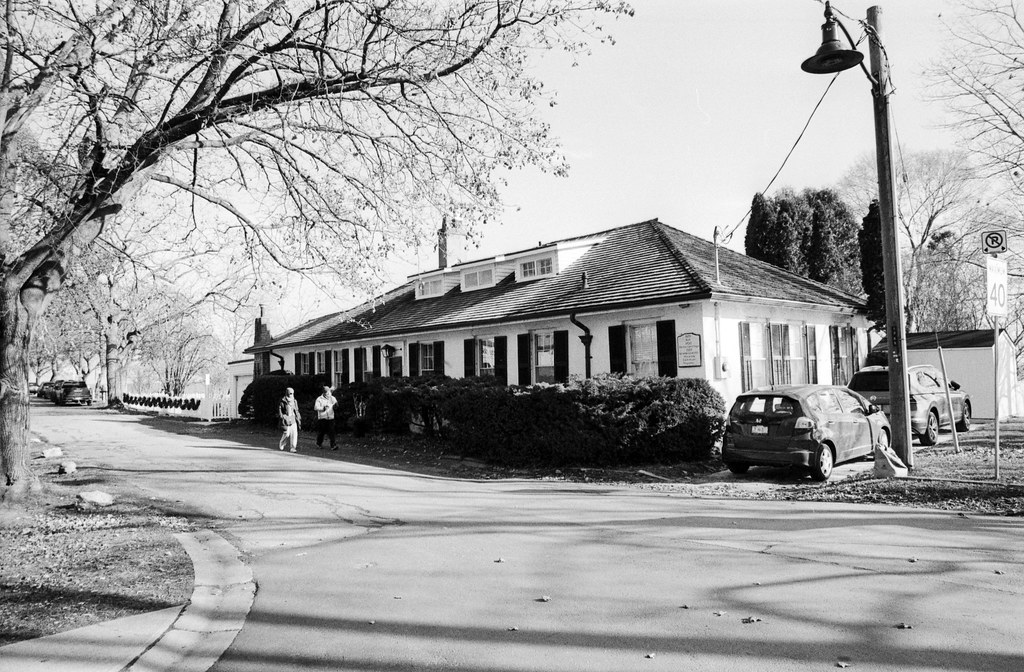

Lowdown
Despite being the most confusing generation of autofocus SLRs from Minolta, the 4th generation has much to offer, and the 600si Classic is one of those hidden gems of the series. It doesn’t have as many features as the 700si but is slightly more than the 5xxsi series of SLRs. On the used market body, the VC600 grip is an affordable option, with many going for under 100$, but most are in the 100-150$ range; for an extra 100$, you can even get one with a grip and a lens. And I recommend spending above 100 $ for the camera as you will probably get one in better cosmetic condition and working condition. One of the most significant drawbacks to the camera is the power source; like other cameras of the era, the 600si uses the 2CR5 battery, which is both expensive and specialised. The grip does allow you to use AA Batteries, but it isn’t recommended to use lithium-based cells (I haven’t tested this personally). If you are going on longer trips, take a couple of spare batteries with you, even if you have the grip. The one thing that I found through this whole review is that the 600si and the variants are often overlooked in favour of the more mainstream offerings. But there is a small cult following for these cameras which I’m now proud to be a part of. The 600si is a fun camera; if you’re used to the physical controls, it’s also easy to work with and delivers excellent results. While it certainly will not replace my ‘9, it is a worthy secondary body that will come along on trips where I need something more compact, with a couple of excellent prime lenses or the 24-105mm in tow.
Further Reading
Don’t just take my word on the 600si/650si; you can check out the reviews by other awesome camera reviewers!
Mike Eckman – Minolta Maxxum 650si Date Review
Earth, Sun, Film – VML 21: The Minolta Maxxum 600si: A Perfect “First” Camera
Camera GX – Minolta Maxxum 600si: the return of buttons and knobs
Bob Nuttmann – The Minolta 600si and why you should buy one
Henk Jammes Photography – Minolta Dynax 600si Review
